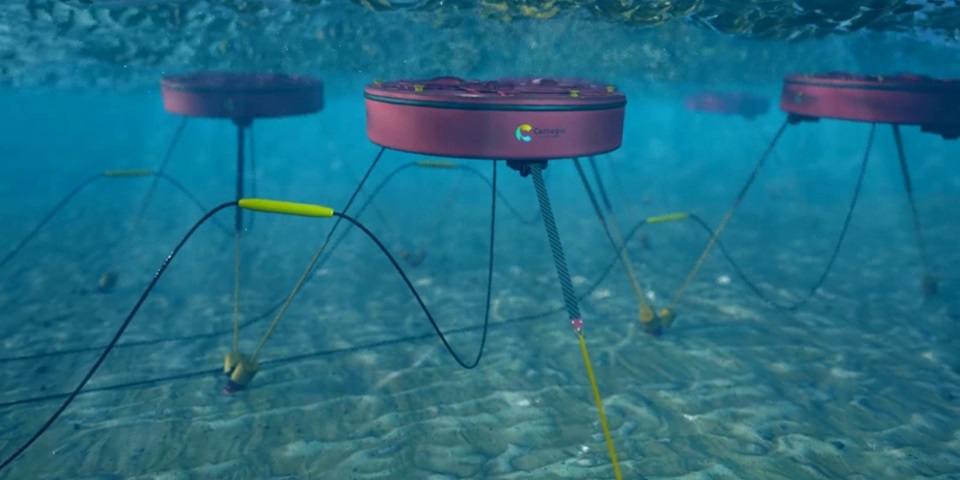Opinion
Engineering jobs of the future are in the environment

Professor Parisa Bahri shares three areas where Western Australian engineers will change the world.
Environmental engineering is having a moment.
As the world faces unprecedented environmental challenges across water, energy, food and waste, engineers have a unique opportunity to contribute to the solutions.
Western Australia is well positioned to play a leading role.
We have all the sun, salt water and wind we need to become a renewables innovation hub, the diversity of climates to test technologies relevant across the world, and an ecosystem of industry and education to enable that to happen.
What we need are the changemakers of the future to drive it.
What opportunities await these minds in the future? Here are three of many areas that I believe Western Australian engineers will change the world.
The first is algae.
From Bruce Rock to Broome, the sun, temperature and salt water is available to develop an industry that can create jobs for local communities, diversify revenue for the state economy and deliver food and fuel for the world.
There is almost unlimited opportunity to harness our unused farmland and coastline to produce high value products. Algae can make fertiliser, animal feed, bioplastics, biofuel and high-value products like pigments and fish oil.
This is an economic and engineering boom waiting to happen.
Renewable hydrogen is renewable energy stored in the form of hydrogen gas, which is made from water. Western Australia’s large stretches of unpopulated land and trade connections to Asia make this a huge environmental and economic opportunity.
To realise that potential, we need tomorrow’s engineers to bring down the cost of generating renewable energy to deliver a clean, competitively priced product. Given the sun, wind and space we have here, I’m confident they will do that.
A third area that I believe the engineers of tomorrow will unlock is microgrids.
These self-contained energy networks can operate alongside or independent of the main power grid and are critical to overcome supply issues like we’ve seen on the east coast of Australia and in disaster zones around the world.
Importantly, they enable communities to spread the renewable energy they generate, providing a more sustainable and resilient energy system.
While these benefits are well known, microgrids are still not widely adopted. It’s engineers that will overcome the infrastructure, storage, management and implementation hurdles holding them back.
These are just three areas that Western Australian engineers can lead the world on a more sustainable path. I’m excited to have the opportunity to help equip them with the knowledge to do that.
- By Professor Parisa Bahri
Top image: The world's first fully operational wave energy integrated microgrid powered Garden Island with buoys designed by Western Australian company, Carnegie Clean Energy.
For research news and opinion delivered to your inbox, sign up to our monthly newsletter.Opinion
Engineering jobs of the future are in the environment
Posted on
Topics